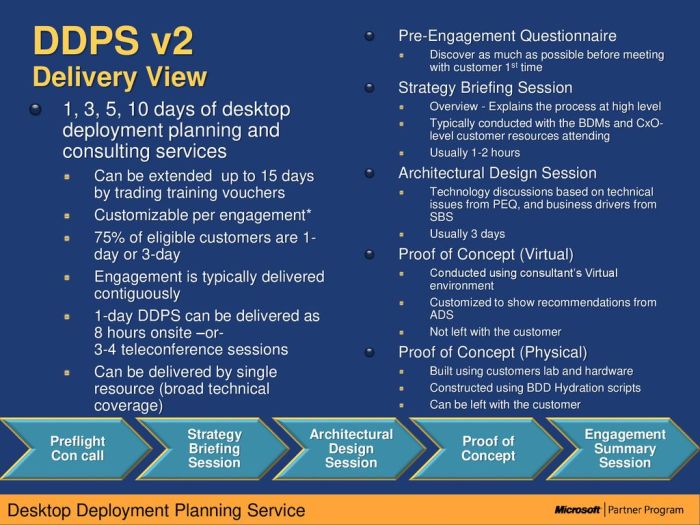Attacks conducted by scripts are usually unpredictable, presenting a significant challenge to cybersecurity professionals. Unlike manual attacks, script-based attacks leverage automated processes to exploit vulnerabilities and inflict damage.
This comprehensive guide delves into the nature, methods, and impact of script-based attacks. It also explores detection and mitigation techniques and presents case studies to illustrate real-world scenarios.
1. Unpredictability of Script-Based Attacks

Unlike manual attacks, script-based attacks rely on automated scripts that execute predefined actions, making them highly unpredictable. Attackers can modify scripts to perform various tasks, such as reconnaissance, exploitation, and exfiltration, without requiring human intervention.
Script-based attacks exhibit unpredictable behaviors due to their dynamic nature. They can:
- Change targets rapidly, making it difficult to predict their next move.
- Use randomized techniques, such as changing attack patterns or exploiting different vulnerabilities, to evade detection.
- Operate autonomously, continuing to attack even if the attacker is disconnected or the script is terminated.
2. Methods of Script-Based Attacks
Attackers employ various methods to conduct script-based attacks. These include:
| Method | Advantages | Limitations |
|---|---|---|
| Cross-Site Scripting (XSS) | Injects malicious scripts into websites to steal sensitive data or control user sessions. | Requires user interaction and can be mitigated by input validation and content filtering. |
| SQL Injection | Executes malicious SQL queries to access or modify database information. | Vulnerable systems require weak input validation and database access controls. |
| Remote File Inclusion (RFI) | Includes external files into a web application, allowing attackers to execute arbitrary code. | Exploits vulnerabilities in file handling and can be mitigated by input validation and secure coding practices. |
| Command Injection | Executes system commands on the target system, giving attackers full control. | Requires vulnerable operating systems or applications with insufficient input validation. |
| Web Shell | Creates a hidden backdoor on the target system, allowing attackers to access and control it remotely. | Requires exploitation of a vulnerability and can be detected by security monitoring and anomaly detection systems. |
3. Impact of Script-Based Attacks

Script-based attacks can have severe consequences, including:
- Data breaches and theft of sensitive information (e.g., financial data, personal records)
- System compromise and disruption of services (e.g., website outages, denial-of-service attacks)
- Financial losses and reputational damage
- Compromise of critical infrastructure (e.g., energy grids, healthcare systems)
Notable script-based attacks include the 2013 Target data breach, which compromised the personal information of millions of customers, and the 2017 WannaCry ransomware attack, which encrypted data on hundreds of thousands of computers worldwide.
4. Detection and Mitigation Techniques

Techniques for detecting and mitigating script-based attacks include:
- Input validation to prevent malicious code from being executed.
- Web application firewalls (WAFs) to filter and block malicious requests.
- Intrusion detection systems (IDSs) to detect and alert on suspicious activity.
- Regular security updates and patches to address known vulnerabilities.
- Security awareness training for employees to recognize and avoid phishing attacks and other social engineering tactics.
While these techniques are effective, they have limitations. For example, WAFs may not be able to detect all malicious scripts, and IDSs may generate false positives.
5. Case Studies

Notable script-based attacks include:
- Target data breach (2013):Attackers used an SQL injection vulnerability to steal personal information of millions of customers.
- WannaCry ransomware attack (2017):A script-based ransomware attack encrypted data on hundreds of thousands of computers worldwide, demanding payment in exchange for decryption.
- SolarWinds supply-chain attack (2020):Attackers compromised the SolarWinds Orion software update, allowing them to deploy malicious scripts to thousands of organizations.
These case studies highlight the unpredictable nature and severe consequences of script-based attacks. They also demonstrate the importance of robust detection and mitigation measures.
FAQ Insights: Attacks Conducted By Scripts Are Usually Unpredictable
What are the key differences between script-based and manual attacks?
Script-based attacks are automated and executed using pre-defined scripts, while manual attacks are carried out by human attackers.
What are the common methods used in script-based attacks?
Attackers employ methods such as SQL injection, cross-site scripting, and buffer overflow to exploit vulnerabilities.
What are the potential impacts of script-based attacks?
Script-based attacks can compromise websites, networks, and systems, leading to data breaches, service disruptions, and financial losses.